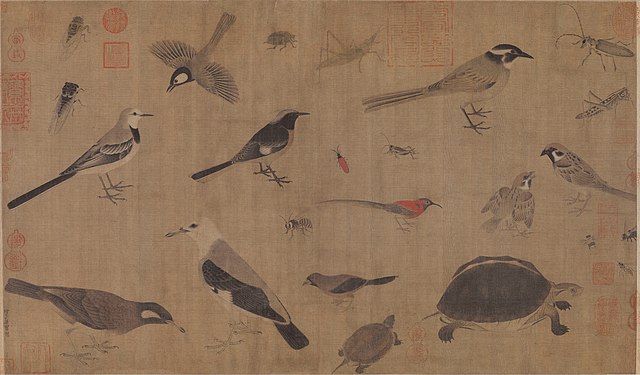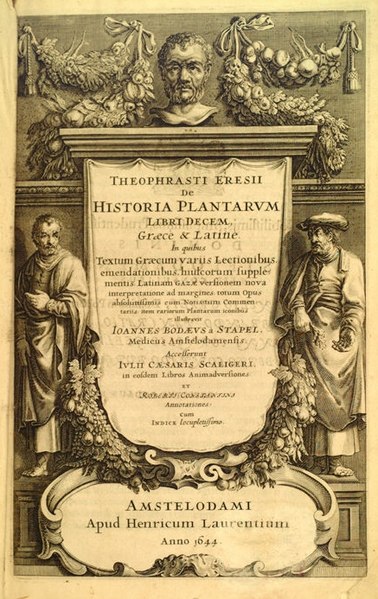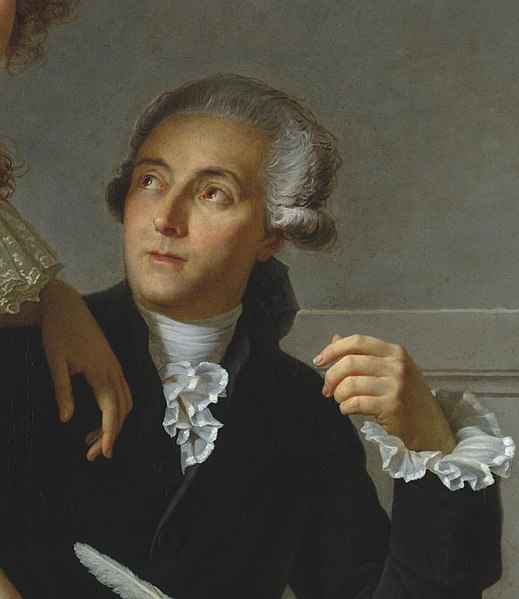The history of biology traces the study of the living world from ancient to modern times. Although the concept of biology as a single coherent field arose in the 19th century, the biological sciences emerged from traditions of medicine and natural history reaching back to Ayurveda, ancient Egyptian medicine and the works of Aristotle, Theophrastus and Galen in the ancient Greco-Roman world. This ancient work was further developed in the Middle Ages by Muslim physicians and scholars such as Avicenna. During the European Renaissance and early modern period, biological thought was revolutionized in Europe by a renewed interest in empiricism and the discovery of many novel organisms. Prominent in this movement were Vesalius and Harvey, who used experimentation and careful observation in physiology, and naturalists such as Linnaeus and Buffon who began to classify the diversity of life and the fossil record, as well as the development and behavior of organisms. Antonie van Leeuwenhoek revealed by means of microscopy the previously unknown world of microorganisms, laying the groundwork for cell theory. The growing importance of natural theology, partly a response to the rise of mechanical philosophy, encouraged the growth of natural history.

The frontispiece to Erasmus Darwin's evolution-themed poem The Temple of Nature shows a goddess pulling back the veil from nature (in the person of Artemis). Allegory and metaphor have often played an important role in the history of biology.
Clay models of animal livers dating between the nineteenth and eighteenth centuries BCE, found in the royal palace at Mari
Description of rare animals (写生珍禽图), by Huang Quan (903–965) during the Song dynasty.
Frontispiece to a 1644 version of the expanded and illustrated edition of Historia Plantarum, originally written by Theophrastus around 300 BC
Antoine-Laurent de Lavoisier, also Antoine Lavoisier after the French Revolution, was a French nobleman and chemist who was central to the 18th-century chemical revolution and who had a large influence on both the history of chemistry and the history of biology.
Portrait of Antoine-Laurent Lavoisier and his Wife by Jacques-Louis David
The Collège des Quatre-Nations in Paris
Lavoisier conducting an experiment on respiration in the 1770s
Portrait of Lavoisier explaining to his wife the result of his experiments on air by Ernest Board








